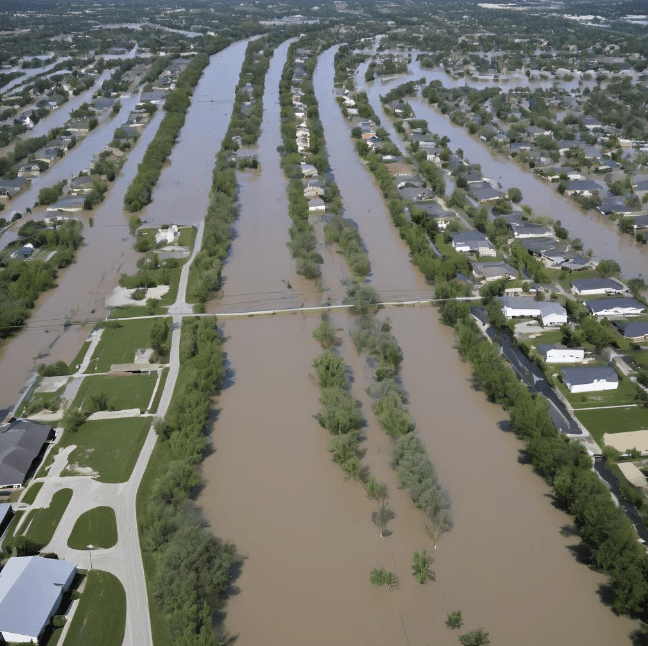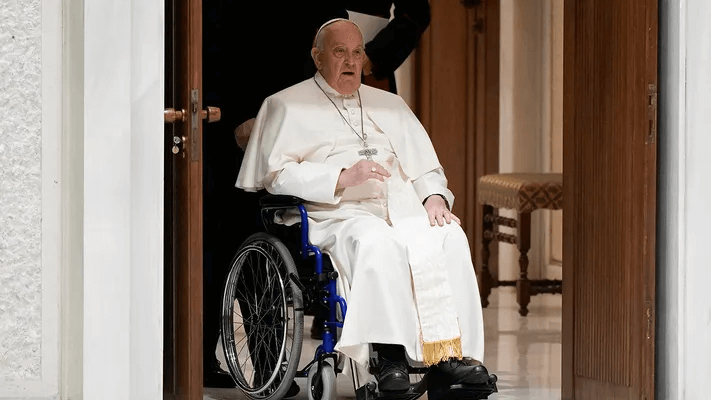The reforestation efforts and nature-based solutions, such as wetland restoration, that the Milwaukee Metropolitan Sewerage District has implemented to mitigate flood risks deserve praise; such efforts ooze with style in the management of the environment and building resilience.
MILWAUKEE DISTRICT EYES EXPANDING NATURE-BASED FLOOD-MITIGATION PLAN
Through its green infrastructure projects, MMSD is doing way more to reduce the risks of flooding but is enhancing the general ecological health of the region.
Plans to plant 6 million trees and restore 4,000 acres of wetlands in the next ten years are aggressive goals in MMSD’s roadmap toward long-term life of sustainability and resiliency.
These efforts are endowed with huge potential to significantly reduce stormwater runoff and flooding, while increasing biodiversity in the Milwaukee area.
Integrating the Triple-I analysis, especially over the benefits accruing from community-based catastrophe insurance programs involving products of parametric insurance, reiterates the role innovative financing mechanisms can play in the management of climate-related risks.
Built-in with an infinitely more streamlined payout structure, based on predefined parameters, than that of traditional indemnity products, it is able to provide timely financial support immediately after the occurrence of an extreme event so that recovery and rebuilding become efficient and effective.
The report draws on a variety of funding sources, from federal and state levels through public-private partnerships to environmental impact bonds. It points out the need to turn toward diversified resources for such mega-infrastructure projects.
The multi-faceted nature of funding guards against situations where projects could grind to a screeching halt because of limited or insufficient traditional financing.
In a nutshell, MMSD’s commitment to delivering nature-based solutions and its proactive approach toward flood risks set a very high bar for communities dealing with similar challenges.
In other words, investment in green infrastructure and innovative financing design is essential in developing resilience, ensuring sustainability in natural resources, and creating more livable and equitable environments within which urban dwellers can thrive.








